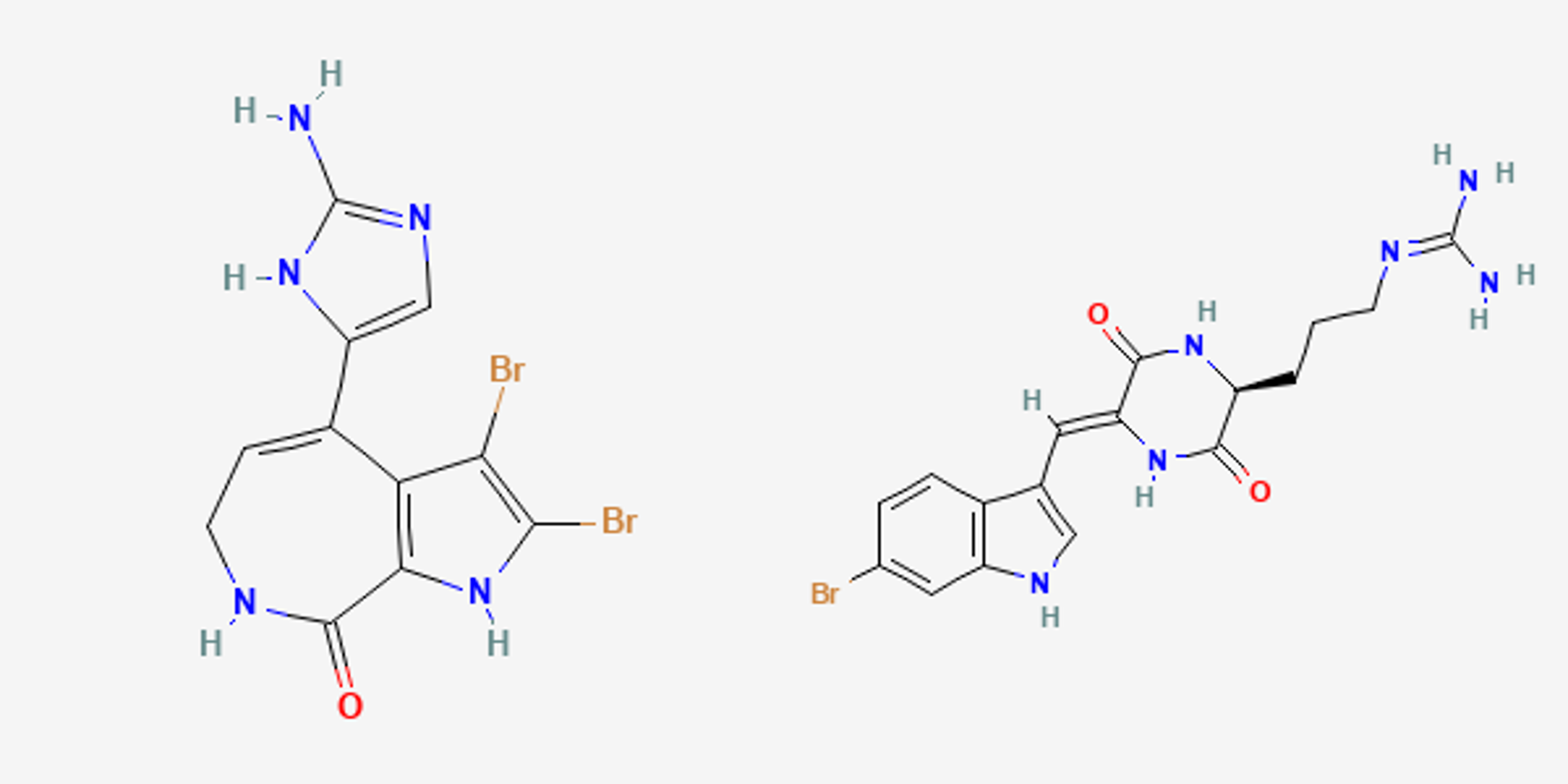Wageningen University
Porifera
| Class | Demospongiae |
| Species | Geodia baretti, Axinella corrugata |
| Metabolite | Barettin, stevensine |
| Bio-activity | Antioxidants and anti-inflammatory |
Why sponges?
Sponges occupy a pivotal role in the BLUES project due to their remarkable ability to form continuous cell lines, a breakthrough that opens new horizons in marine biotechnology. The optimization of culture media for sponge cells, leading to the establishment of these cell lines, offers a unique platform for understanding the genetic underpinnings of bioactive compound production. Sponges, with their rapid cell division and potential for continuous cultivation, become key subjects for unravelling intricate pathways related to gene regulation.
What can they be used for?

Sponges are fascinating organisms with over 9500 species inhabiting various aquatic environments, from freshwater to the deep sea. This immense biological diversity contributes to their extensive chemical diversity, yielding compounds such as alkaloids, terpenoids, peptides, polyketides, steroids, and macrolides.
These compounds have attracted significant interest for their potential in combating a wide range of diseases
and conditions, including microbial diseases, cancer, HIV, inflammation, immune modulation, parasitic diseases,
and even COVID-19.
With their diverse array of bioactive compounds, sponges present a wealth of opportunities for drug discovery
and biomedical research.
